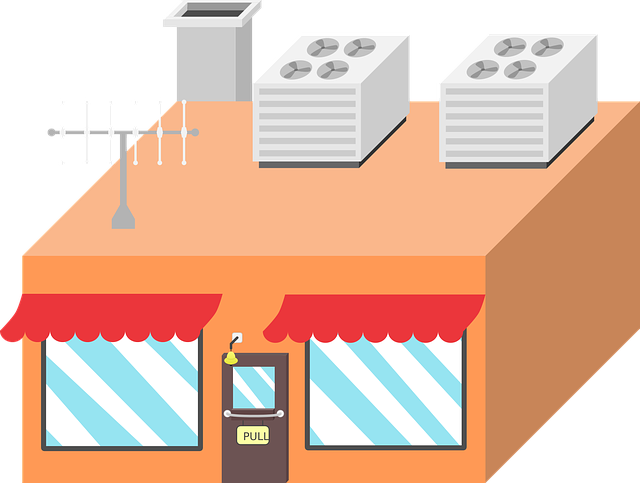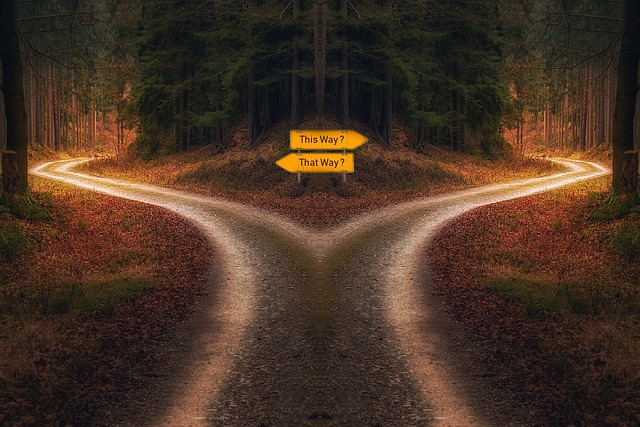The real estate industry is experiencing a significant trend towards blending retail and entertainment spaces, creating dynamic mixed-use concepts. Driven by changing consumer behaviors and preferences for immersive experiences, developers are designing venues that integrate shopping, dining, and entertainment options. These developments enhance urban areas, attract locals and tourists, and promote local businesses while revitalizing high streets and increasing foot traffic. Experiential retail leverages technology like VR and AR to transform mundane shopping trips into adventures, with a notable focus in vibrant real estate hubs where retailers fuse entertainment such as mini-golf or escape rooms into traditional retail settings, catering to diverse audiences from families to millennials and gen Z.
“Unveiling the future of retail and entertainment, this article explores the rise of innovative mixed-use concepts reshaping urban landscapes. We delve into the trends driving the integration of experiential retail and entertainment options, examining technology’s pivotal role in creating dynamic spaces. From real estate considerations to successful global case studies, discover how adaptable designs, strategic locations, and community collaboration foster thriving hybrid developments. Explore the potential of these concepts to revolutionize shopping experiences and revitalize urban real estate.”
Trends Shaping Mixed Retail and Entertainment Spaces

The evolving landscape of retail and entertainment has led to a significant trend in blending these spaces, creating dynamic mixed-use concepts. This shift is driven by changing consumer behaviors and preferences for immersive experiences. Real estate developers are now designing venues that seamlessly integrate shopping, dining, and entertainment options, fostering a vibrant atmosphere that caters to diverse customer needs.
Mixed-use developments offer a unique opportunity to enhance urban areas, attracting locals and tourists alike. By combining retail stores with state-of-the-art cinemas, live performance venues, and interactive attractions, these spaces become destinations in themselves. This trend not only revitalizes high streets but also encourages foot traffic, promoting local businesses and creating a thriving community environment.
– Exploring the rise of experiential retail

In recent years, the retail landscape has undergone a significant transformation with the rise of experiential retail. This concept shifts the focus from traditional shopping to creating immersive, engaging environments that cater to customers’ senses and emotions. Real estate developers and retailers are increasingly collaborating to design spaces that blend retail with entertainment, offering consumers unique and memorable experiences. By incorporating interactive elements, themed areas, and live performances, these hybrid concepts attract a broader audience and foster longer durations spent within the venue.
Experiential retail leverages technology, such as virtual reality and augmented reality, to enhance customer interaction. It transforms mundane shopping into an adventure, encouraging exploration and discovery. This trend is particularly evident in urban areas where real estate is premium, with developers opting for mixed-use spaces that cater to both local residents and tourists seeking novel experiences. As consumer behaviors evolve, the fusion of retail and entertainment promises to continue shaping the industry, redefining how we perceive and engage with shopping destinations.
– Integration of entertainment options in traditional retail settings

In recent years, the retail industry has undergone a significant transformation with the integration of entertainment options in traditional retail settings. This mixed retail and entertainment concept is reshaping urban landscapes, particularly in vibrant real estate hubs. By blending shopping experiences with attractions like mini-golf courses, indoor amusement parks, or interactive exhibits, retailers are creating destinations that draw customers and foster longer visits. Such strategies not only drive sales but also enhance the overall customer experience, encouraging repeat visits and word-of-mouth promotion.
This innovative approach leverages unused space within retail centers, such as corridors or upper levels, to offer diverse entertainment options. For instance, a shopping mall might feature an escape room, a virtual reality arcade, or a live performance venue, complementing the existing stores and restaurants. This mix of retail therapy and entertainment caters to a broader audience, including families, millennials, and gen Z, who seek immersive experiences that transcend traditional shopping.






